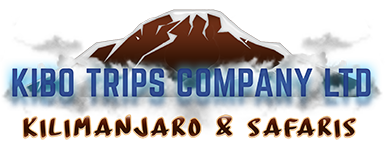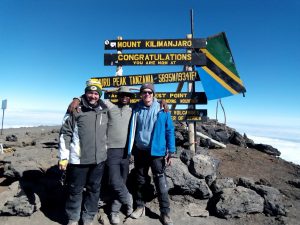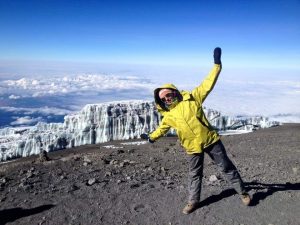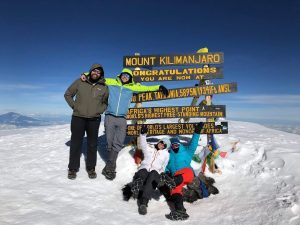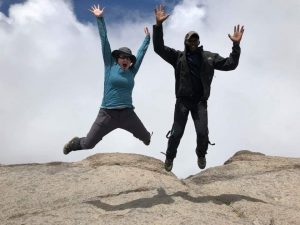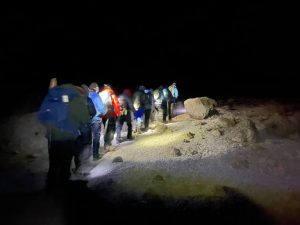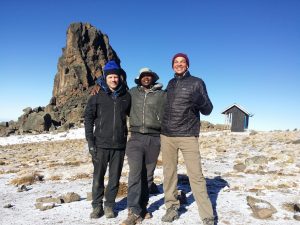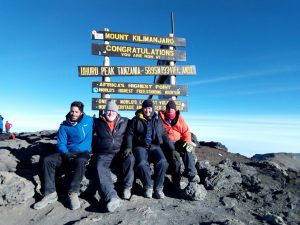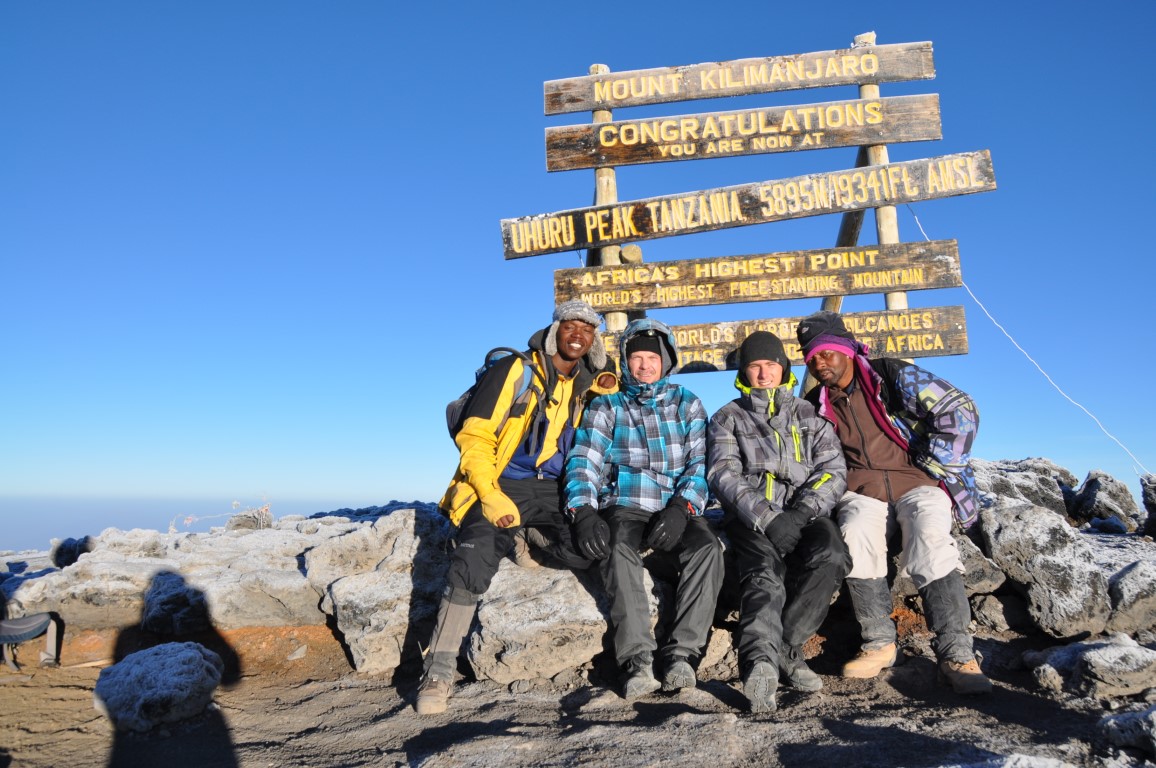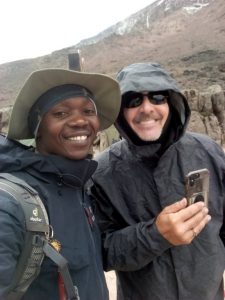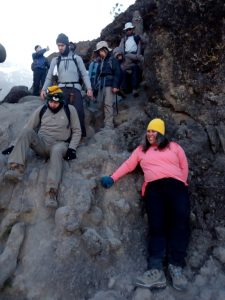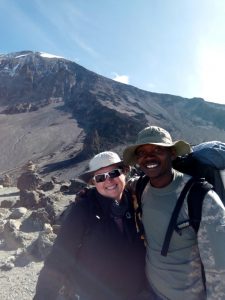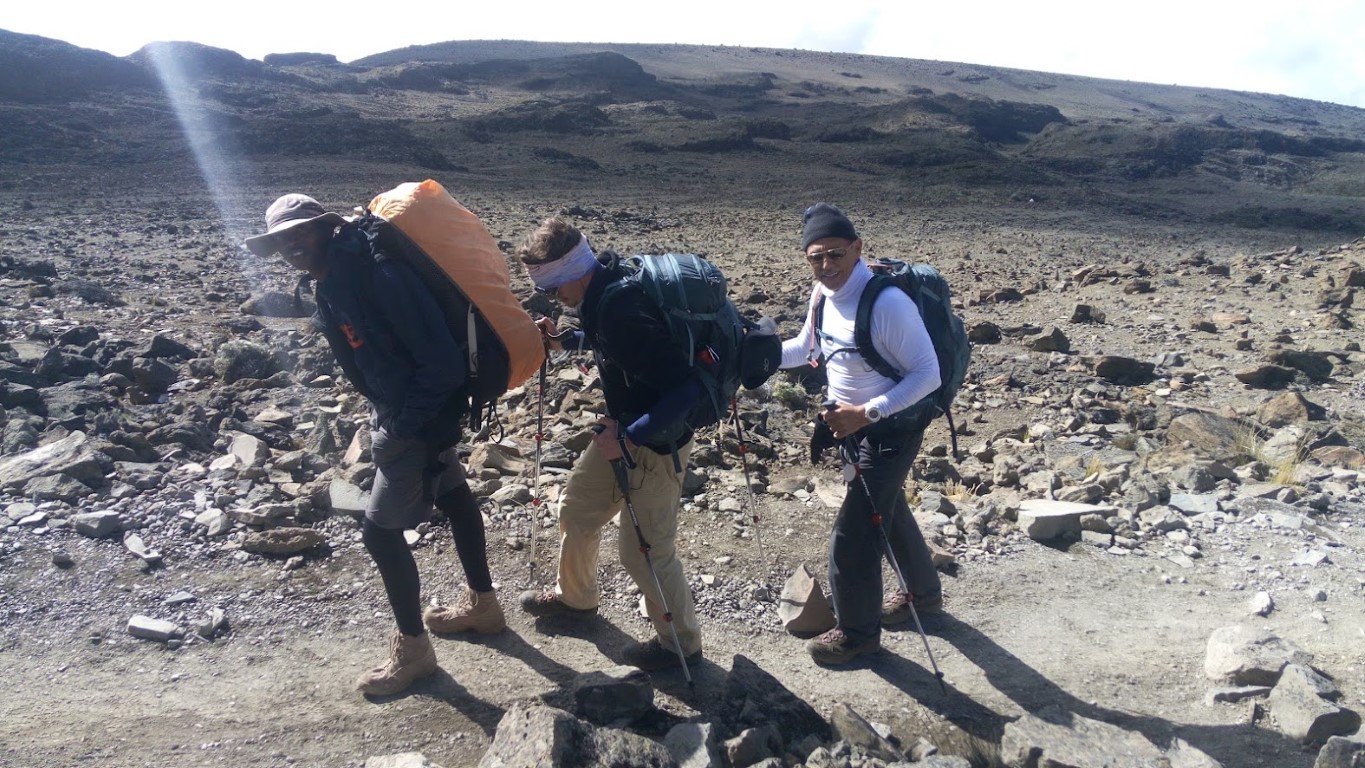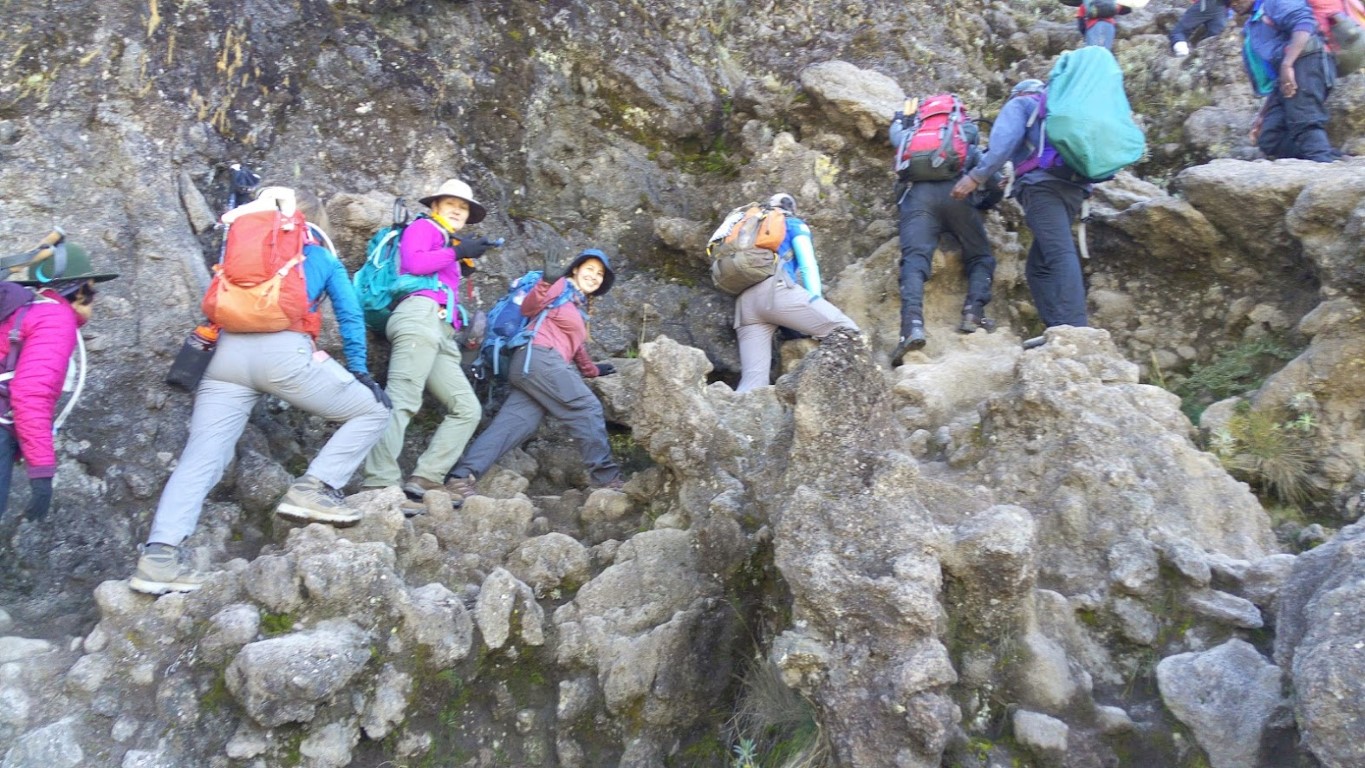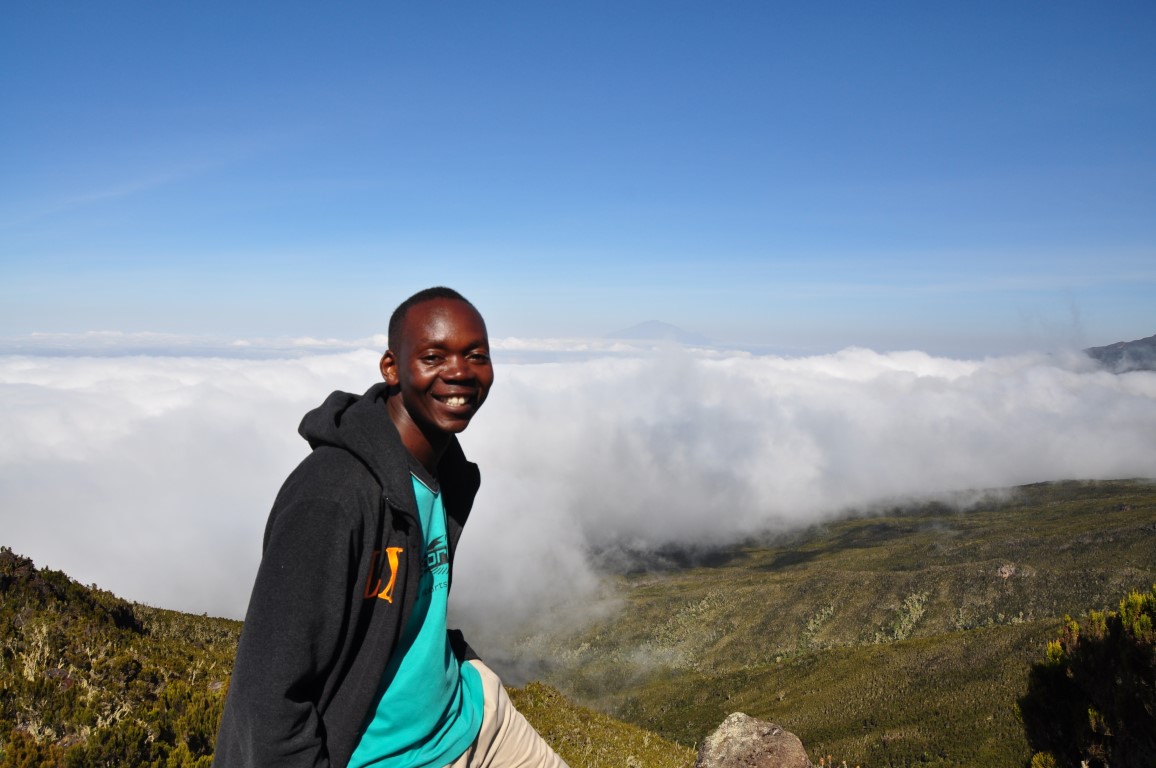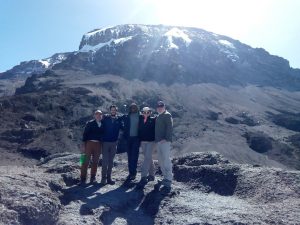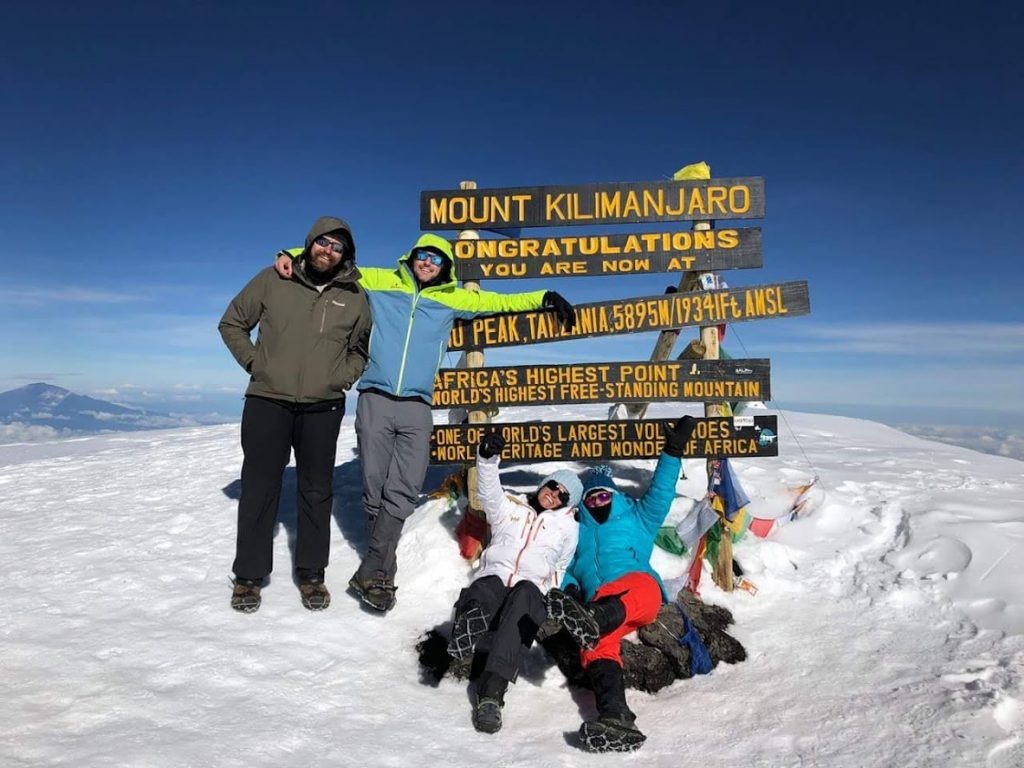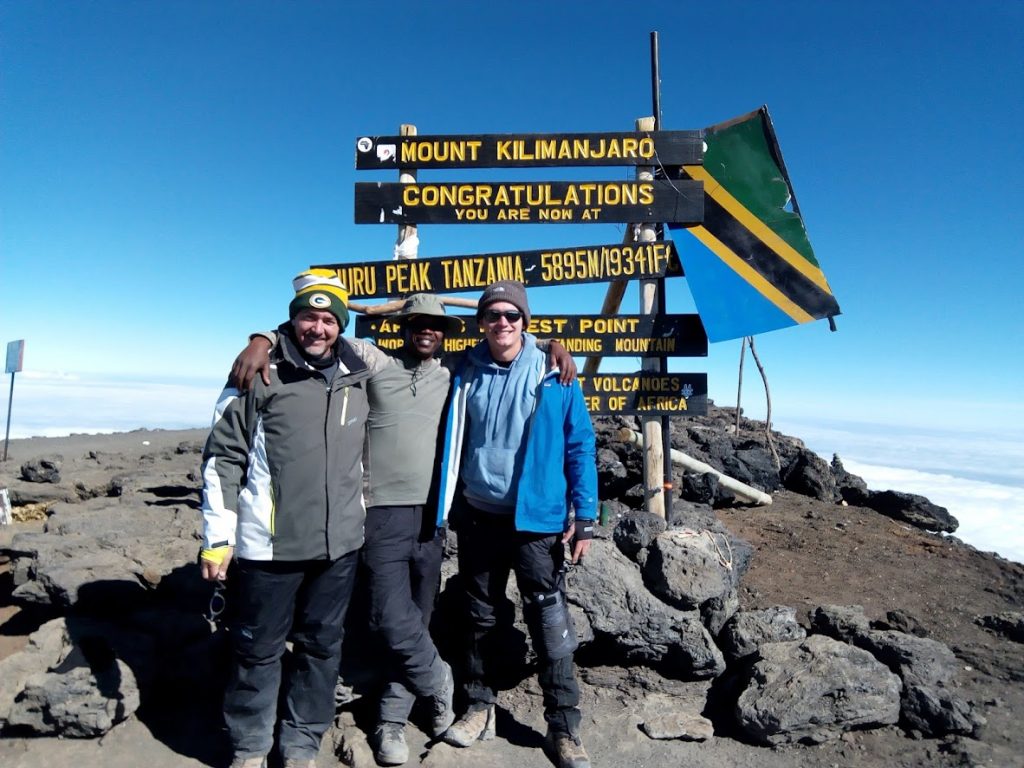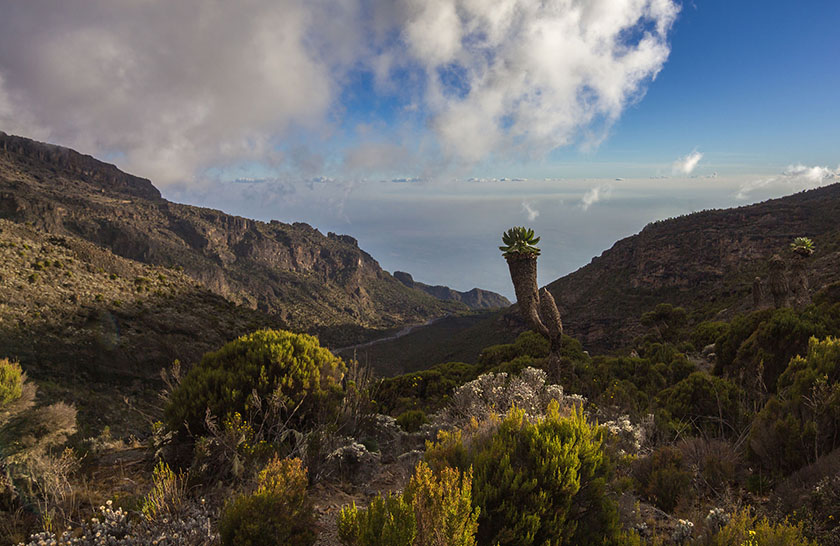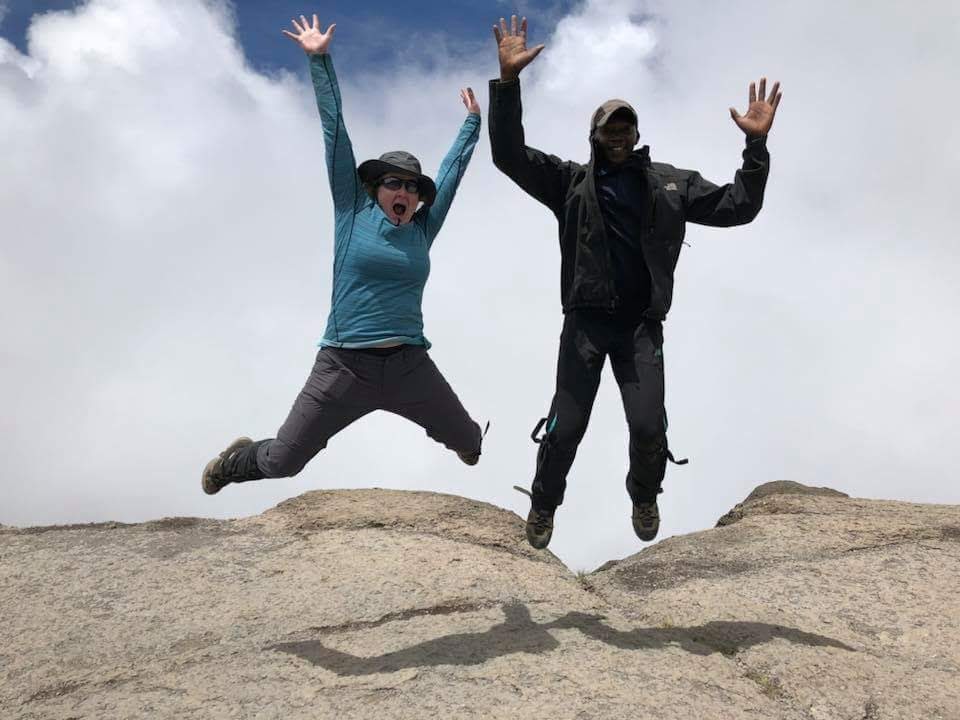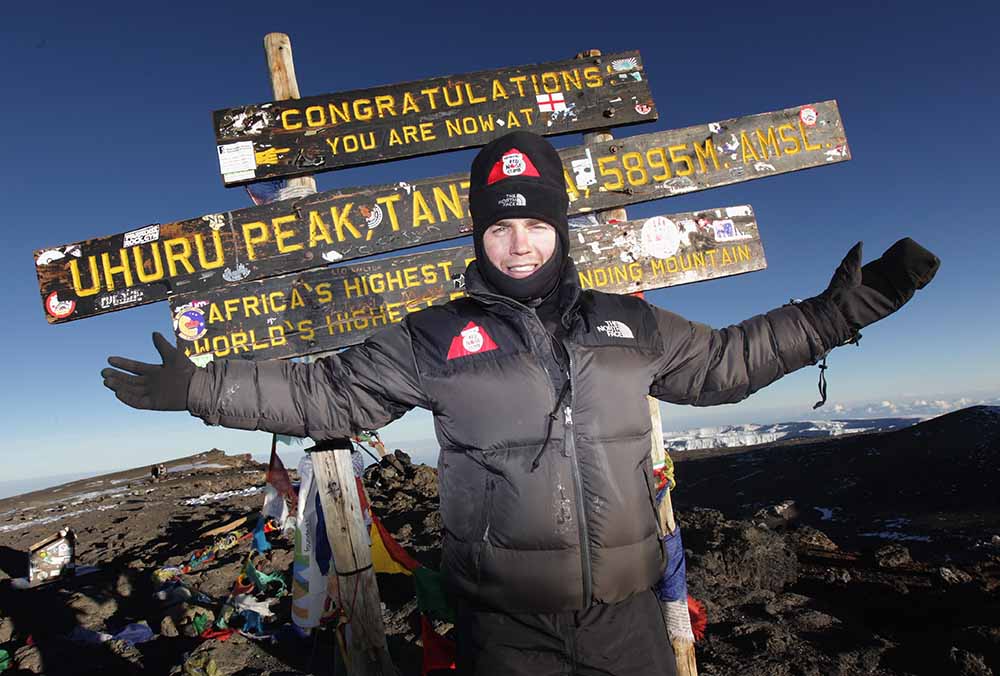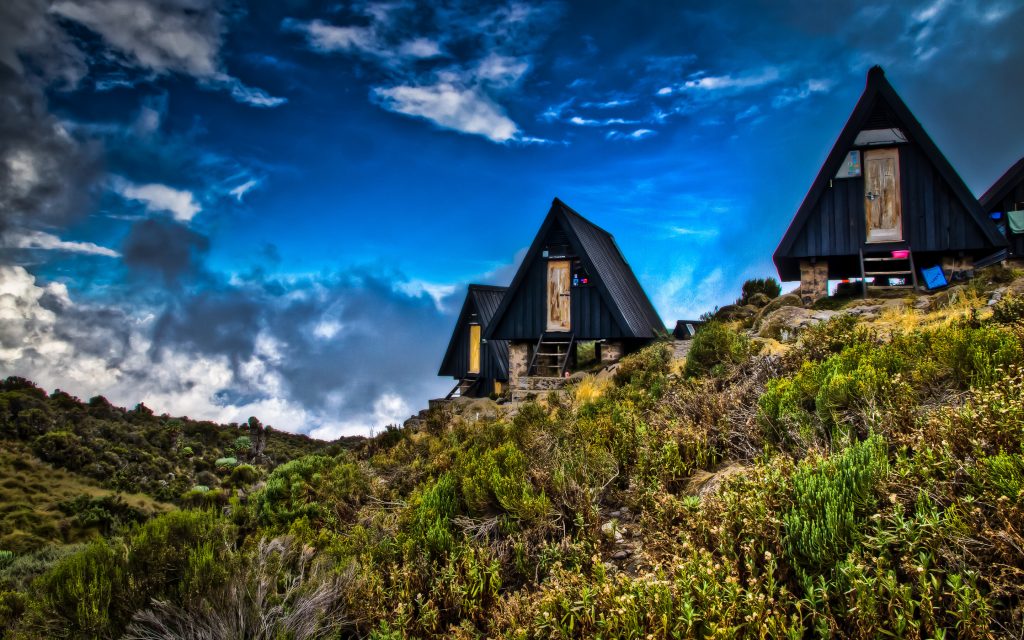Lemosho Route 8 Days
About the route
Lemosho route approaches Mount Kilimanjaro from the west. You will begin with a drive from Moshi to Londorossi Gate.
Because this route can be done over a longer period of time due to acclimatization done while hiking , it has a higher success rate.
Upon arrival at Kilimanjaro International Airport, you will be met and transferred for overnight accommodation at Kilimanjaro Wonders Hotel 4 stars B&B. Your head guide will meet you for your briefing, gear check and arrange for you to hire any equipment you may need.
Route summary
- Day 1: Londorossi Gate – Mti Mkubwa Camp
- Day 2: Mti Mkubwa Camp – Shira I Camp
- Day 3: Shira I Camp – Shira Hut
- Day 4: Shira Hut – Lava Tower – Barranco Camp
- Day 5: Barranco Camp – Karanga Camp
- Day 6: Hike Karanga Camp – Barafu Camp
- Day 7: Barafu Camp – Summit: 4.86km /3mi Up | 5-7hrs | – Mweka Camp
- Day 8: Mweka Camp – Mweka Gate – Moshi
Day 1: Londorossi Gate – Mti Mkubwa Camp: 4.8km /3mi | 3-4 hrs | Rainforest
- Elevation: 2389m/7838ft to 2785m/9137ft
- Altitude gained: 396m
Departing from Moshi, a 45-minute drive will take you through welcoming mountainside villages to the Kilimanjaro National Park Gate. We will patiently wait for our permits to be issued while watching the hustle and bustle of operations as many crews prepare for the journey ahead.
Enjoy the beautiful rainforest scenery and windy trails while your guide tells you about the local flora and fauna and natural wildlife. At these lower elevations, the trail can be muddy and quite slippery. We highly recommend gaiters and trekking poles here.
Day 2: Mti Mkubwa Camp – Shira I Camp: 7.9km/5mi | 4-6hrs | Moorland
- Elevation: 2785m/9137ft to 3504m/11,496ft
- Altitude gained: 719m
After a good night’s sleep and a hearty breakfast, we emerge from the rainforest and continue on an ascending path, we leave the forest behind now, the trail climbs steadily with wide views to reach the rim of the Shira Plateau. Temperatures begin to drop.
Day 3: Shira I Camp – Shira Hut: 6.9km/4.3mi | 5-7hrs | Moorland
- Elevation: 3504m/11,496ft to 3895m/12,779ft
- Altitude gained: 391m
We explored the Shira plateau for a full day. It is a gentle walk east toward Kibo’s glacier peak, across the plateau which leads to Shira 2 camp on moorland meadows by a stream. Then we continue to Moir Hut, a little-used site on the base of Lent Hills. a variety of walks are available on Lent Hills making this an excellent acclimatization opportunity. Shira is one of the highest plateaus on earth.
Day 4: Shira Hut – Lava Tower – Barranco Camp: 10.1km/6.3mi | 4-6hrs | Semi Desert
- Elevation: 3895m/12,779ft to 3986m/13,077ft
- Altitude gained: 91m
Although you end the day around the same elevation as when you began, this day is very important for acclimatization. From Shira Plateau we continue east up a ridge, passing the junction towards the Kibo peak before we then continue, South East towards the Lava Tower, called the “Shark’s Tooth” (elev. 4650m/15,250ft). Shortly after the tower, we come to a second junction, which leads to the Arrow Glacier. We then continued to descend overnight at Barranco Camp.
Day 5: Barranco Camp – Karanga Camp: 5.2km/3mi | 4-5hrs | Alpine Desert Elevation: 3986m/13,077ft to 4034m/13,235ft
- Altitude gained: 48m
After breakfast, we continue on a steep ridge up to the adventurous Barranco Wall to the Karanga Valley and the junction, which connects with the Mweka Trail. This is one of the most impressive days to see the power, agility, and strength of your crew zip over this wall with what appears such ease. Overnight at Karanga Camp.
Day 6: Hike Karanga Camp – Barafu Camp: 3.3km /2 mi | 4-5hrs | Alpine Desert Elevation: 4034m/13,235ft to 4662m/15,295ft
- Altitude gained: 628m
We continue up toward Barafu Camp, and once reached you have now completed the South Circuit, which offers a variety of breathtaking views of the summit from many different angles. An early dinner and rest as we prepare for summit night. Overnight at Barafu Camp.
Day 7: Barafu Camp – Summit: 4.86km /3mi Up | 5-7hrs | – Mweka Camp: 13km /8mi down | 5-6hrs | Glaciers, Snow Capped Summit
Elevation: 4662m/15,295ft to 5895m/19,341ft Altitude gained: 1233m
Descent to 3106m/10,190ft Altitude lost: 2789m
Excitement is building as morning comes with an early start between midnight and 2 a.m. This is the most mentally and physically challenging portion of the trek.
We continue our way to the summit between the Rebmann and Ratzel glaciers trying to stay warm and focused on the amazing sense of accomplishment that lies ahead. With a switchback motion in a northwesterly direction and ascend through heavy scree towards Stella Point on the crater rim. You will be rewarded with the most magnificent sunrise during your short rest here. Faster hikers may view the sunrise from the summit. From here on your remaining 1 hour ascent to Uhuru Peak, you are likely to encounter snow all the way.
Congratulations, one step at a time you have now reached Uhuru Peak, the highest point on Mount Kilimanjaro and the entire continent of Africa!
After photos, celebrations and maybe a few tears of joy we take a few moments to enjoy this incredible accomplishment. We begin our steep descent down to Mweka Camp, stopping at Barafu for lunch and a very brief rest. We strongly recommend gaiters and trekking poles for uncooperative loose gravel and volcano ash terrain. Well-deserved rest awaits you to enjoy your last evening on the mountain. Overnight Mweka Camp.
Day 8: Mweka Camp – Mweka Gate – Moshi: 9.1km/6mi |3-4hrs
- Rainforest Elevation: 3106m/10,190ft to 1633m/5358ft
- Altitude lost: 1473m
After breakfast and a heartfelt ceremony of appreciation and team bonding with your crew, it’s time to say goodbye. We continue the descent down to the Mweka Park Gate to receive your summit certificates. As the weather is drastically warmer, the terrain is wet, muddy and steep and we highly recommend Gaiters and trekking poles.
From the gate, a vehicle will meet you at Mweka village to drive you back to your hotel in Moshi (about 30 minutes). Enjoy a long overdue hot shower, dinner and celebrations!!
Overnight Kilimanjaro Wonders Hotel 4 stars B&B. before being transferred to your journey home, safari or a relaxing trip to Zanzibar.
Price for this Route From USD$1900/Person
Kilimanjaro Trek Cost:
- 1 person USD$2100/Person
- 2-4 people USD$1980/Person
- 5-9 people USD$1850/Person
- 10+ people USD$1800/Person
What’s included:
- Kilimanjaro International Aport (JRO) Transfers, 2-Way
- All park entrance, hut and rescue fees
- All meals, boiled and filtered drinking water while on the mountain.
- Warm water for washing to be provided every morning and evening.
- Oxygen Cylinder – only for emergency
- English Speaking Guides (Wilderness First Responder certified), cook and porters
- Staff salaries and fees
- Transport to/from national park gates
- First aid kit and pulse oximeter
- Emergency telephone between the guides and our office in Moshi town
- 3 delicious meals daily on the mountain
- 3 litres of bottled drinking water to be provided on the first day your hike, on the mountain porters will fetch water from the streams to be boiled and filtered for you
- 2 nights lodging at Panama Inn in Moshi or Natron Palace Hotel in Arusha
- Breakfast included at Panama Inn in Moshi or Natron Palace Hotel in Arusha
What’s excluded:
- Prices do not include sleeping bags
- Gratuities
- Soda/alcohol unless otherwise noted
- Health insurance
- Visa fees
- International airfare
- Laundry
- Meals not noted on the itinerary
Kilimanjaro Rental Equipment
- Rucksack/Daypack $12
- Balacava US$ 6
- Sleeping bag (-12°C) US$ 20
- Sleeping bag (-25°C) US$ 40
- Ponchour – Heavy/Western/Europe US$ 18
- Ponchour – Light/Loca US$ 12
- Socks US$ 4
- Duffel Bag US$ 6
- Hiking Poles (2) US$ 10
- Gaiters US$ 8
- Gloves US$ 6
- Sweater US$ 5
- Long Underwear US$ 5
- Raincoat US$ 6
- Raincoat – G.T, Waterproof US$ 12
- Rain Pants US$ 12
- Torch / Flashlight US$ 5
- Camel Pack US$ 7 (rent 1 extra water bottle US$ 5)
- Sunglasses US$ 5
- Hiking Boots US$ 9
- Fleece Pants US$ 6
- Warm Jacket/Down Jacket US$ 12
- Hat or Neck Scarf US$ 6
The above list is a guide to what should be taken, little else need be taken – do not overpack. Warm head cover, thick fibre pile or down jacket, light waterproof top, trousers, light overtrousers, mittens, thermal underwear, sweater, warm socks and lightweight inner socks, watertight and well broken in sturdy boots, gaiters, sunglasses, walking poles, sleeping bag (three or four season, if three then a liner is recommended), sleeping pad, water bottle, high factor sun protection cream, small first aid kit, headtorch with extra batteries, toilet roll, small wash kit and a small daypack. A holdall or bigger rucksack to give to your porter with your main luggage. Optional: a hat with a brim.
Recommended Minimum Tipping Scale:
- Chief Guide: US$ 15-20 per day
- Assistant Guide: US$ 10-15 per day per assistant guide
- Cook: US$ 7-10 per day
- Porters: US$ 5-7 per day per porter
Tip amounts listed are per group, not per individual traveler. For instance, if 4 people are on Kilimanjaro, they should each contribute US$ 5/day if they want to tip the chief guide US$ 20.
At the ceremony your group might choose to say a few words, sing a song or something else short in order to celebrate the moment.
ENQUIRE ABOUT THIS ITINERARY
